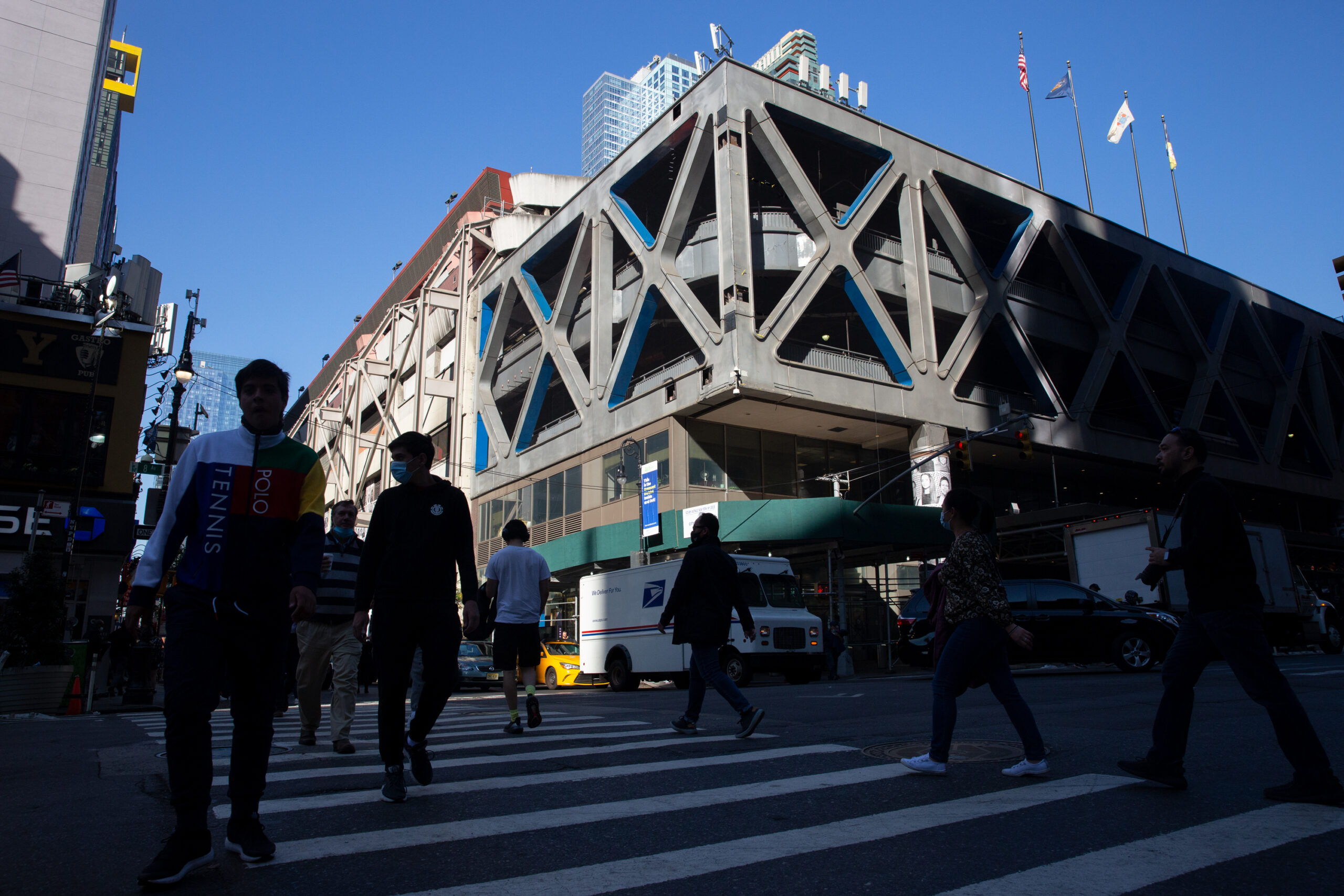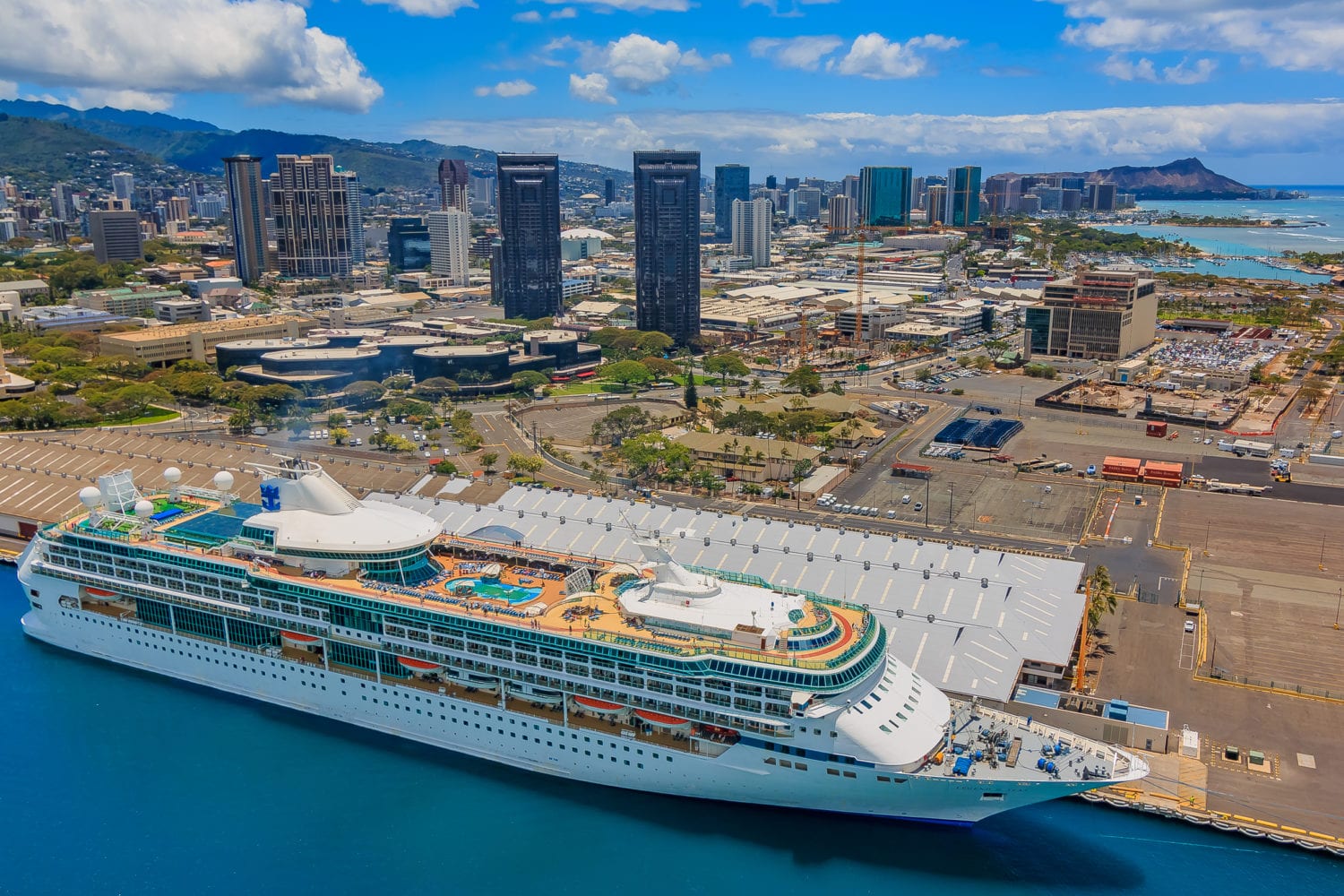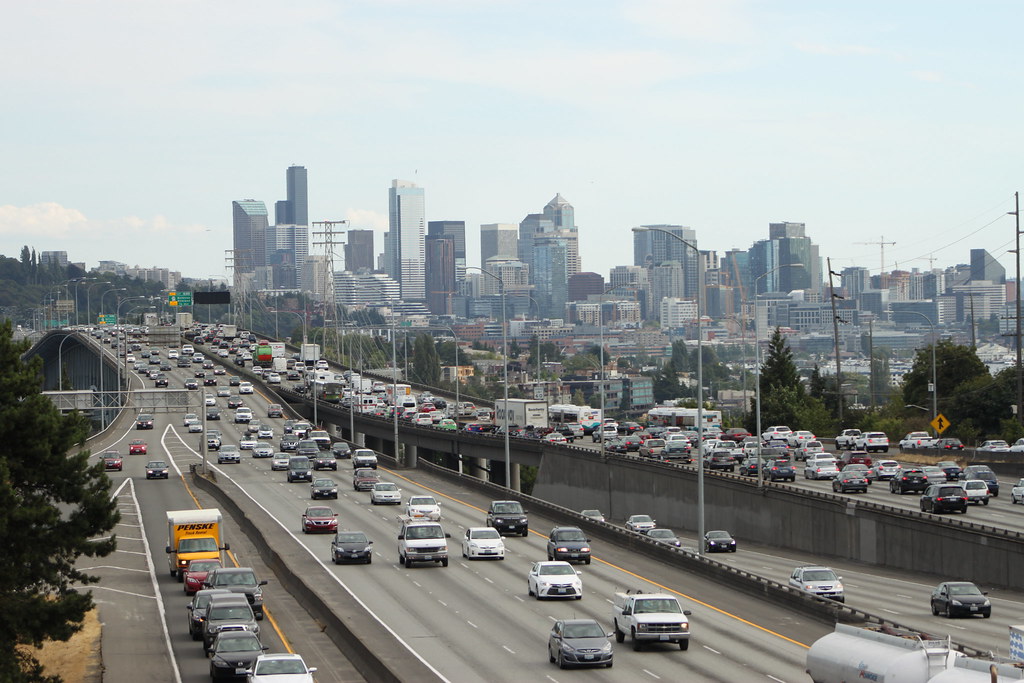‘As Good As It Gets’ Transportation Infrastructure Deal Leaves Plenty Off the Table

The federal infrastructure deal could deliver some key regional transportation projects for New Yorkers, but still falls short of meeting the city’s vast needs, according to transit and planning experts.
The bill, awaiting President Joe Biden’s signature after the House of Representatives passed it Friday, could jumpstart the extension of the Second Avenue Subway from 96th Street into East Harlem, construction of a new trans-Hudson rail tunnel and improvements along Amtrak’s Northeast corridor.
Other long-planned transportation projects, however, such as the Utica Avenue and Red Hook subway extensions, are likely to remain on the drawing board even longer, officials acknowledged.
Proposals to replace the Port Authority Bus Terminal and to build a rail freight tunnel in New York Harbor must complete environmental reviews before competing for federal funding.
Deputy Secretary of Transportation Polly Trottenberg, a former city commissioner, said Tuesday the passage of the bill has created “a historic moment for our nation’s transportation system” that includes a record $90 billion investment in public transit systems.
That will likely earmark more than $10 billion for the MTA over the next five years as the agency emerges from the pandemic and embarks on a $51 billion capital program to upgrade signals, expand accessibility for riders with disabilities and add to its fleet of electric buses as climate change becomes a more urgent matter.
“I know from my time in New York City that when public transit is convenient, reliable and affordable, people will choose to drive less,” Trottenberg said during a call with reporters. “And that means fewer emissions and less congestion.”
An Insatiable City
Janno Lieber, the acting chairperson and CEO of the MTA, on Tuesday said that the deal is “as good as it gets in terms of lining up with [the agency’s] priorities,” which include bringing Metro-North to a renovated Penn Station and Phase Two of the Second Avenue Subway, whose environmental assessments are already in motion.
“While we don’t know exactly what will be funded on every category, it’s pretty likely the Second Avenue Subway is going to be first to benefit,” Lieber told THE CITY.
He acknowledged that some other proposed expansion projects, such as building a new line down Utica Avenue in Brooklyn and extending the No. 1 line to Red Hook, are in the more distant future.
“If they haven’t been put into the MTA capital program yet and they’re still in the process of being evaluated, it would be premature to say that those projects are going to benefit,” Lieber said. “But when we get to the next capital program… those projects will be lined up and we’ll be able to use some of that federal money as well.”
Nicole Gelinas, a senior fellow at the Manhattan Institute, said the funding for transportation projects in and around New York is “probably the best we’re going to get.” But she said the funding is not nearly enough for a region with so many transit upgrades planned.
“Does this truly get us truly transformative infrastructure? Probably not,” Gelinas said. “New York’s needs are always too great for whatever the federal government gives us.”
Transportation advocate and historian Larry Penner, who worked more than three decades at the Federal Transit Administration, said that many planned projects previously championed by elected officials now appear to be on the backburner.
“The Red Hook subway extension, the Cross Harbor Freight Tunnel, the Utica Avenue subway, the Port Authority Bus Terminal, there’s not a word about any of these,” he said.
‘Let’s Move Forward’
Carlo Scissura, president and CEO of the New York Building Congress, said the infrastructure deal can create opportunities for planning on long-term projects, while the influx of federal funding can provide more immediate results on some capital projects.
“It’s an unprecedented, serious investment by the federal government into infrastructure, this is serious money,” Scissura said. “It says to the MTA, to the Port Authority, to the state and the city, ‘Let’s move forward with projects, there will be federal investment.’”
But Danny Pearlstein, policy director for the advocacy group Riders Alliance, said the MTA will need to avoid service cuts if it doesn’t want to jeopardize federal funding. In June, the transit agency’s chief financial officer warned of a potential “right-sizing” of service as soon as 2023 if ridership does not return to pre-pandemic levels.
With more than 3 million riders on weekdays, subway and Staten Island Railway ridership is down about 47% from prior to the pandemic, MTA data shows, while buses are down about 40% and the commuter railroads more than 50%.
Federal funding formulas are tied in part to how much service the transit agency provides.
“If there are service cuts, that compromises the MTA’s ability to get the money,” Pearlstein said.
Brian Fritsch, director of advocacy at the Regional Plan Association, acknowledged there are some downsides in terms of meeting more of the region’s long-term transit needs. Still, he called the deal “a huge step in the right direction.”
“If our local leaders and the agencies prioritize these projects, they will eventually get done,” he told THE CITY. “But there is a bigger funding stream for these projects from the federal government than there has been before, so that is good news for their prospects in the future.”
This article was originally posted on ‘As Good As It Gets’ Transportation Infrastructure Deal Leaves Plenty Off the Table



